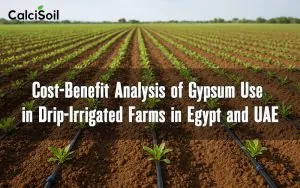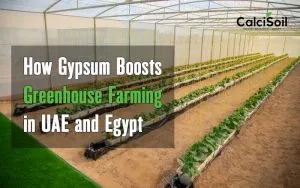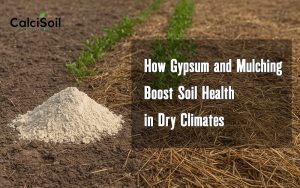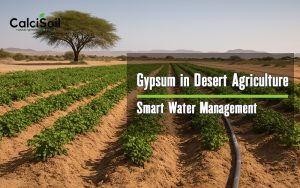
Horticultural Grit introduction
Horticultural grit is a coarse, granular material typically made from crushed rocks like limestone or granite, with a particle size of 1-4mm or 2-6mm. It is used in gardening and horticulture for the following purposes:
- Improving drainage in heavy or poorly draining soils by opening up the soil structure and preventing waterlogging.
- Enhancing soil structure, especially in clay soils, by preventing compaction and increasing aeration.
- Aiding seed propagation by improving drainage in seed starting mixes to prevent damping off.
- Adding to potting mixes to make them more free-draining, such as for growing alpines.
Horticultural Perlite
Horticultural perlite is a lightweight, porous material made from expanded volcanic glass that is commonly used as a soil amendment in gardening and horticulture. It is derived from a naturally occurring mineral called perlite.
When perlite ore is heated to high temperatures, it expands up to 15 times its original volume, creating a foam-like cellular structure with microscopic glass bubbles. This expansion process results in a material that is extremely lightweight, porous, and effective for use in horticultural growing mixes.
The primary benefits of adding horticultural perlite to soil or growing media include:
- Improved aeration and drainage
- Enhanced water retention and moisture availability for plant roots
- Lighter weight and fluffier texture, promoting better root growth
- pH neutrality, suitable for a wide range of plants
Perlite is commonly mixed with peat moss, compost, coir, or other organic materials to create well-aerated, moisture-retentive potting mixes. It is also used on its own as a medium for hydroponics, propagating cuttings, and in green roof applications.
Comparison
Horticultural perlite and horticultural grit are both soil amendments used to improve drainage and aeration in potting mixes and garden soils, but they have some key differences:
Perlite:
- Perlite is a lightweight, expanded volcanic glass material that is very porous and helps improve drainage and aeration in soil.
- It does not hold much moisture, so it is good for improving drainage in heavy, clay-based soils or for use in seed starting and propagation mixes where you want fast drainage.
- Perlite is very lightweight, which can be beneficial if you are working with containers or potting mixes that need to be lightweight.
Horticultural Grit:
- Horticultural grit is made up of small, crushed pieces of stone or gravel.
- It is heavier and more dense than perlite, but also helps improve drainage and aeration in soil.
- Grit is good for adding structure and improving drainage in heavy soils, as well as for use in seed starting and propagation mixes.
- Grit is generally less expensive than perlite .
Generally, both perlite and horticultural grit are useful soil amendments, but perlite is more lightweight and better for improving drainage, while grit is denser and can also help add structure to heavy soils. The choice between the two often comes down to personal preference and the specific needs of the plants or growing medium.
Mixture of horticultural grit and perlite
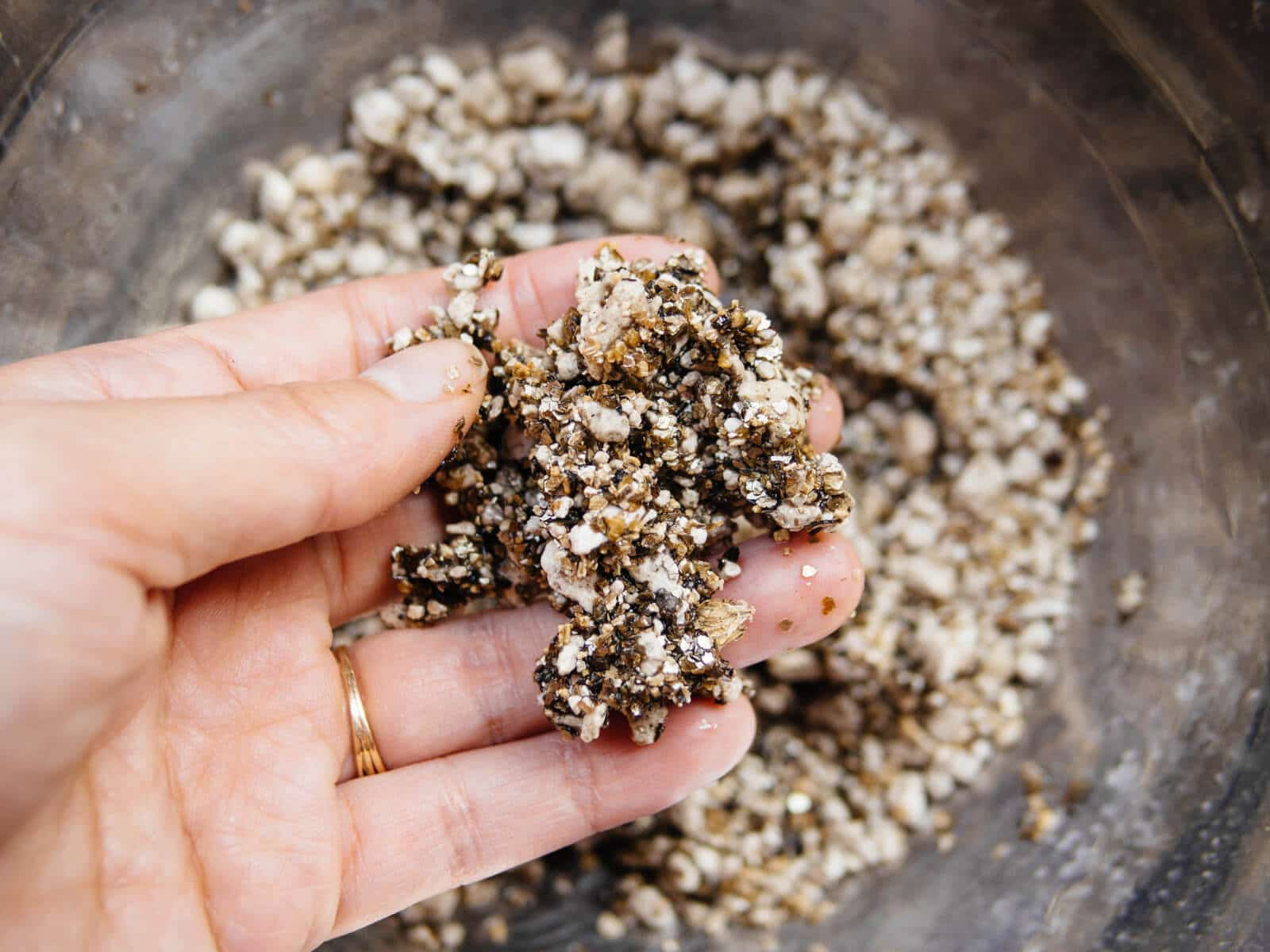
You can absolutely mix horticultural grit and perlite together to create an excellent soil amendment for your plants. Here’s why:
Horticultural grit provides excellent drainage and aeration in potting mixes and garden soils. It helps prevent soil compaction and waterlogging, which can lead to root rot.
Perlite is a lightweight volcanic mineral that also improves drainage and aeration in soil.Unlike grit, perlite can hold some moisture, making it useful for seedlings and cuttings that need consistent moisture.
By combining grit and perlite, you get the best of both – the excellent drainage properties of grit along with the moisture-retaining abilities of perlite. This creates an ideal growing medium that is well-draining yet able to hold enough moisture for healthy plant growth.
Many gardeners and horticulturists recommend mixing grit and perlite together in a 1:1 ratio as a soil amendment. This provides the optimal balance of drainage and moisture retention for a wide variety of plants.

